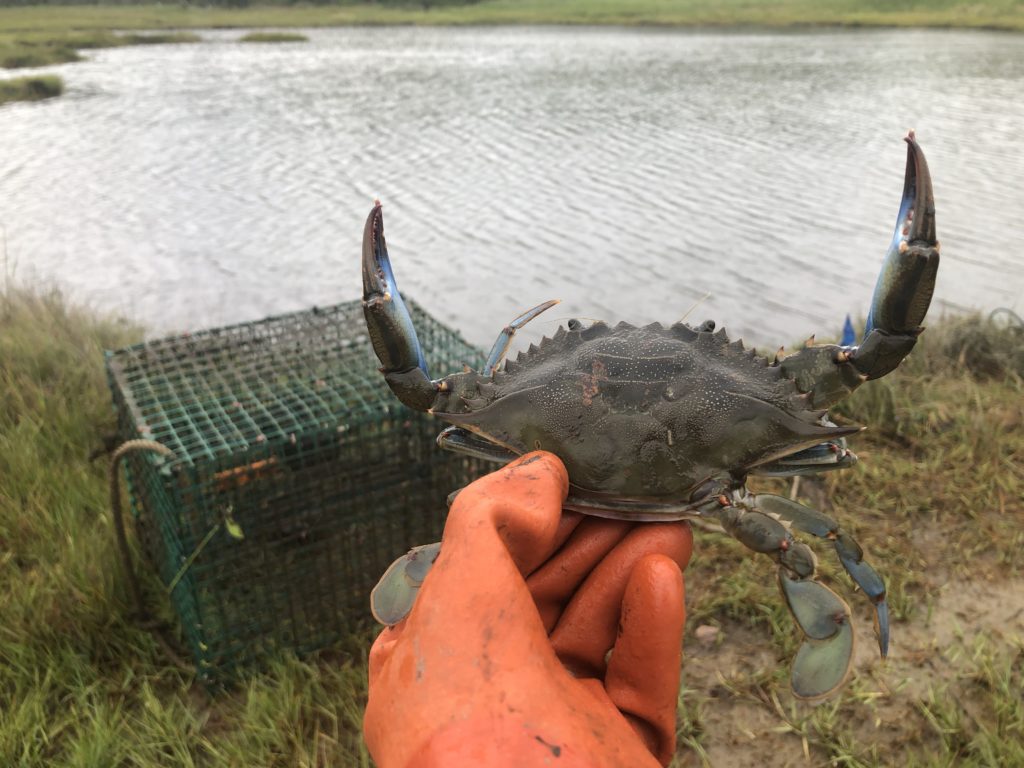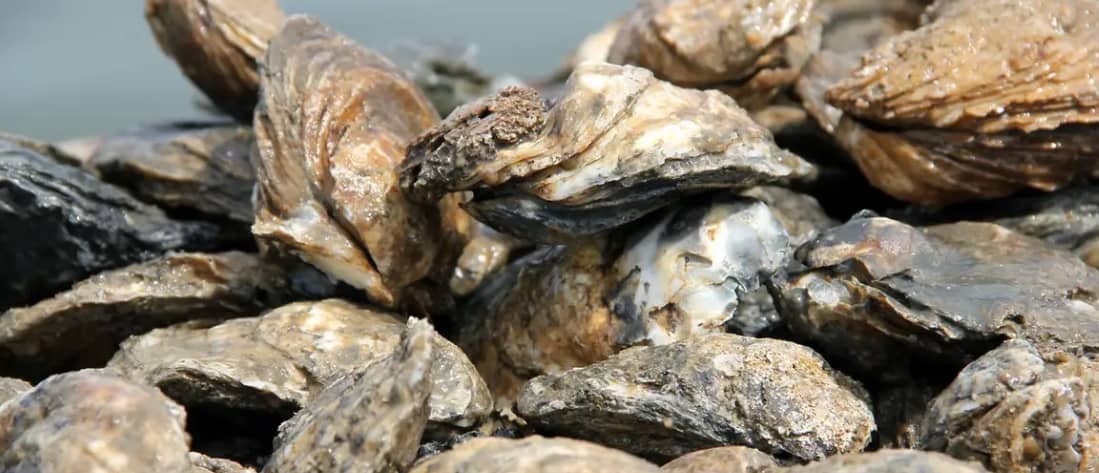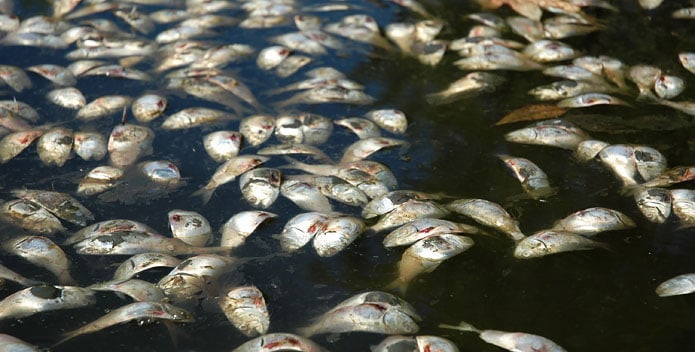Around the Chesapeake Bay, the blue crab, Callinectes sapidus, is an immediately recognizable and
iconic species. It is the Maryland State Crustacean, the namesake and mascot of a team in the Atlantic
League of Professional Baseball, and the base of the most valuable fishery in the Bay.
Up in the Gulf of Maine, outside the crabs’ historic range, these creatures are a source of surprise. But over the past few years, it has become more and more common for people to find blue crabs. Lobster fishermen and women are catching them in their lobster pots. Divers are seeing them when they search for scallops. Beachgoers are spotting them in tide pools.
Warming Maine waters is likely why people are now seeing blue crabs more frequently. Historically, the crabs couldn’t survive for long in the Gulf because the waters are too cold. But climate change is increasing ocean temperatures globally, and especially near Maine, perhaps allowing the crabs to become permanent residents.
South of Portland, Maine, at the Wells National Estuarine Research Reserve, Research Associate Laura Crane and her colleagues have been trapping adult blue crabs for three years to monitor local population numbers, catching almost 100 crabs.
“We don’t want to make claims yet that this is a permanent population,” Crane said. “If we’re finding blue crabs for five or ten years in the same locations, that starts to be a more compelling argument that this is a permanent population.”
More crabs in Maine doesn’t mean fewer crabs elsewhere, though. “It’s not that the whole population has shifted northward, it’s just that they’ve expanded to more places,” David Johnson, associate professor at the Virginia Institute of Marine Science (VIMS), said.
How the crabs are actually getting into the Gulf is uncertain, although both Crane and Johnson mentioned that ocean currents are likely moving larvae around Cape Cod. Surveys at the Wells Reserve have recorded blue crab larvae since 2016.
Yet, a “missing puzzle piece” for Crane is the lack of egg-bearing female crabs in their surveys. “That would be a strong indicator that the crabs are reproducing in the system,” she said.
No one knows yet what a permanent blue crab population in the Gulf of Maine would mean for the people and animals who currently live there.
“Blue crabs eat anything. They will fight you over an old boot,” Johnson said. He is just starting research on how crabs will affect prey populations and how the crabs might adapt to fit their new ecosystem.
Crane is especially interested in how blue crabs will interact with the European Green Crab, a problematic invasive species.
“We’re wondering if the blue crab can become a new predator or competitor of the green crab, helping to tamp down their population,” she said. “That could be one potential benefit of having blue crabs.”
Another potential benefit is that “blue crabs are delicious,” as Crane put it. In a few decades, depending on how the population grows, there could be a blue crab fishery up in Maine, too.
For now, there is a lot that is still unknown. But Crane noted that more and more researchers from around the Gulf are starting to get involved in this research, helping to uncover what changes this iconic species will bring to Maine.
-Emma Johnson




